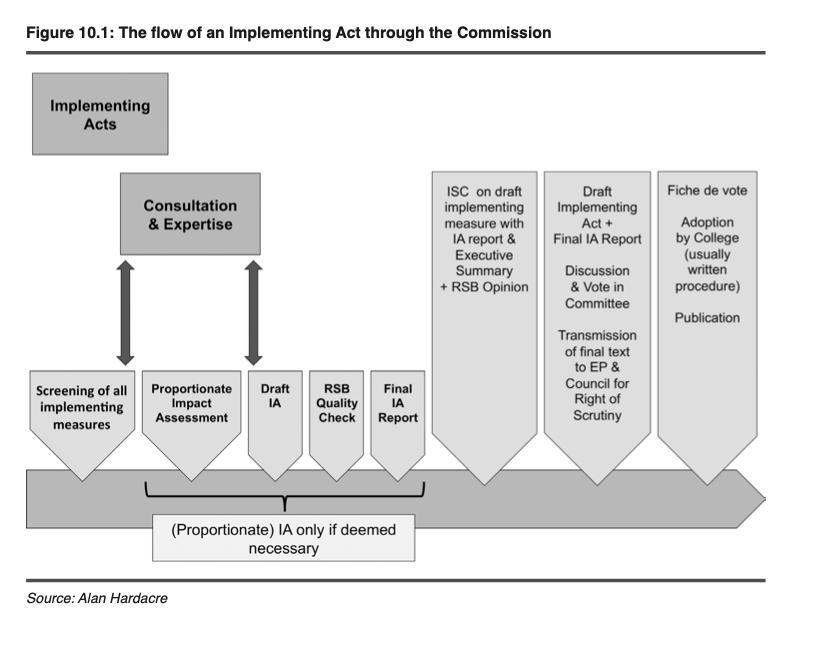On 28 October 2020, the European Commission upgraded the Comitology Register. From now on the public can follow on the line the adoption of implementing acts.
Every year, around 1600 pieces of laws by way of implementing acts. The Commission adopts these laws after going through a committee made up of representatives from the Member States. There are about 250 of these Committees.
Implementing acts are the legislative workhorse of the EU. They implement many EU policies. Implementing acts deal with eco-design rules to chemical authorisations.
The new database is a breath of fresh air. It lifts a lid on what amounted to near secret lawmaking.
You can visit it @
https://webgate.ec.europa.eu/regdel/#/home
A test run
The new system is a huge improvement but it has some limits.
I tested the system out. I was looking at an implementing act that, as written, would have had a significant impact on one of the country’s I come from – Ireland.
Try as I might, I could not find any existence of the draft implementing act. The search was made easier because I had a copy of the draft implementing act.
The challenge is that the information only becomes public when the committee members gets the document.
Herein lies the dilemma. Many decisions are discussed first by an expert committee (made up of member states representatives).
The text the experts receive sent from the Commission has a ‘draft’ watermark. It has a disclaimer to back the idea that this nothing official.

That the government officials then spend time reviewing and discussing the draft proposal confirms that it is not a ‘non-document’. It would be preferable to call it a non-document and wipe the Commission insignia from the file.
If the draft passes their review, the Commission re-table the proposal as a done deal during the less than thorough inter-service scrutiny. The lead DG will plead that the proposal has already been agreed to by the member states, so there is no need to make any changes.
The Committee will often rubber-stamp what their colleagues agreed to a few weeks or months before. Colleagues don’t like
So, in the hands of a reasonably skilled official, they can get their preferred solution through the expert group, inter-service consultation, and the Member State Committee without a soul raising any questions. I’ve seen it done too many times.
By that time, the political grown-ups in the Commission get to see it, they face a challenge. Do they step in and remove a text that is contrary to the Commission’s own political priorities and guidelines? Sometimes, legally they can’t.
The only time the public under the new system get to see the text e public when it is sent to the committee members (that is when the Register starts to be fed). Or, if it is published for feedback on the Better Regulation Portal, you could find it first there (as feedback normally happens before the committee stage).

Source: How to Work with the EU Institutions, Ed. Alan Hardacre, p.243
Do’s
- Speak with the desk officer to know where the proposal is.
- Identify the experts and members of the committee at the very start
- Speak to the experts and members of the committee early on about the issue
- Bring objective evidence to the table very early on (at the ideation stage)
- Provide solutions from the very start
Don’ts
- Start engaging when the proposal goes to the Committee
- Refuse to bring forward solutions or objective evidence
- Don’t speak with the Desk Officer and officials
- Don’t know or engage with the experts or committee representatives
- Think the EP or Council will block the implementing act in scrutiny